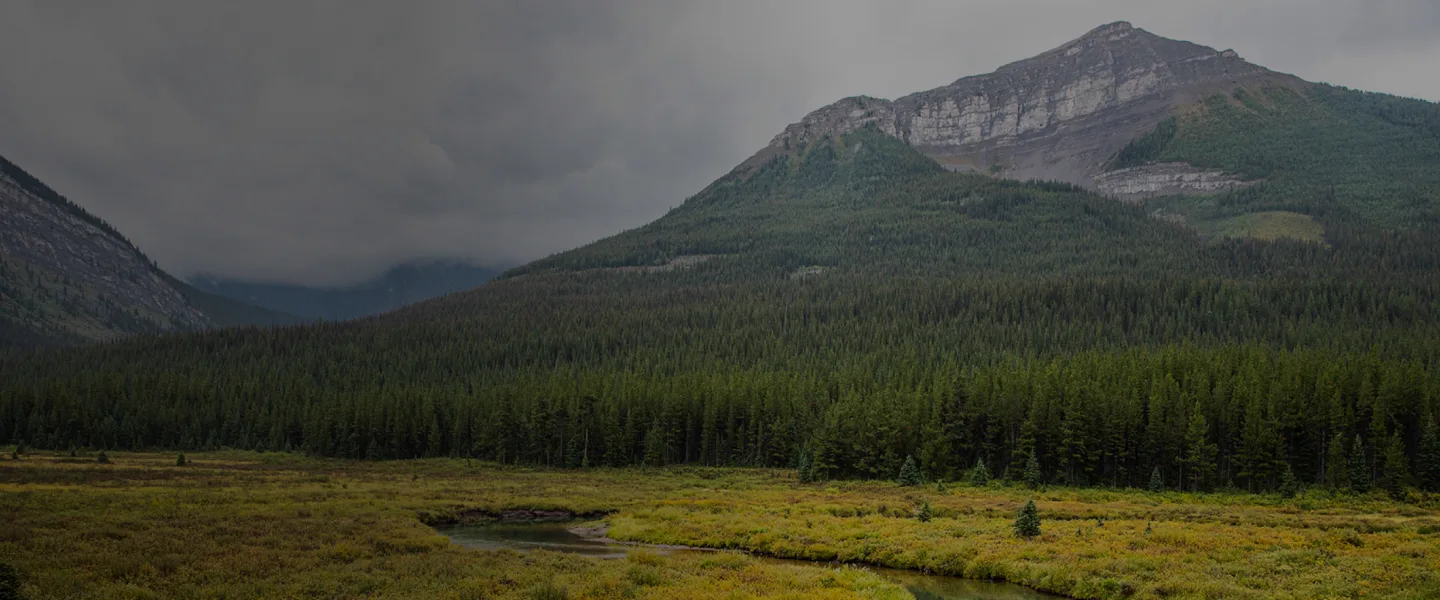Looking for More Styles? Shop the New Field & Stream Collection on Amazon

F&S | Featured Story
HOofing It to Trout HEaven
Yeah, way down yonder on the Chattahoochee. Never knew how much that muddy water meant to me.
By Kade gewanterApr 20, 2024

Yeah, way down yonder on the Chattahoochee. Never knew how much that muddy water meant to me.